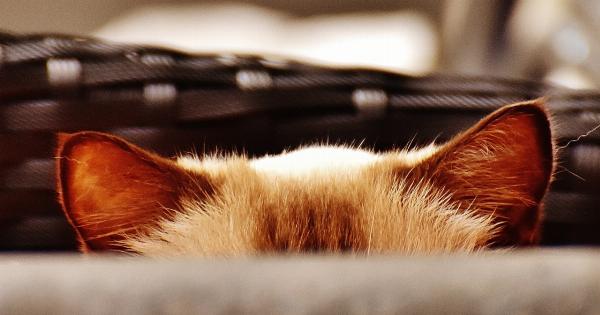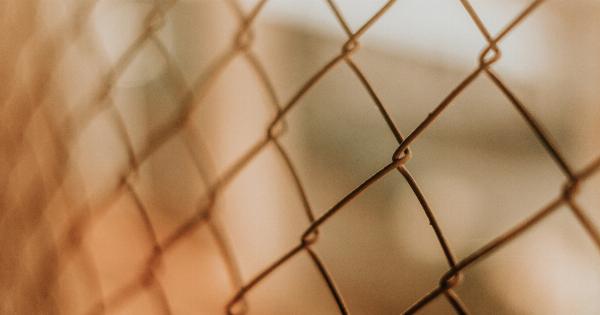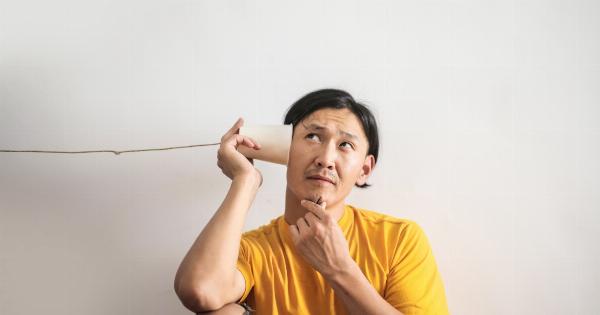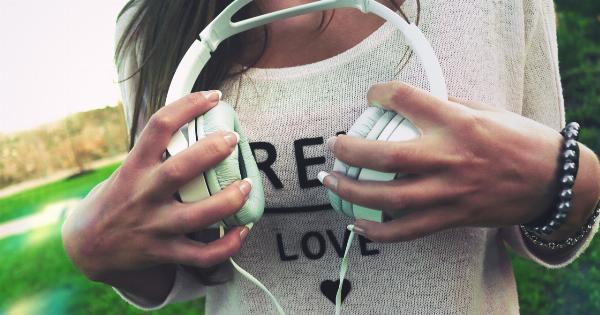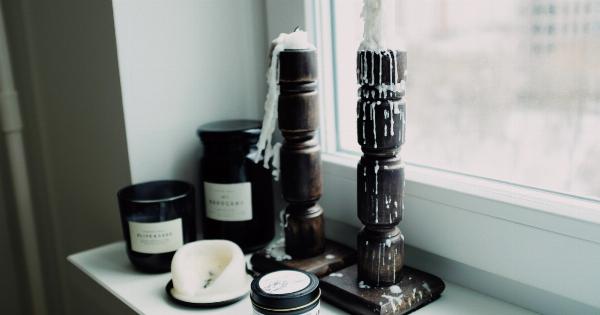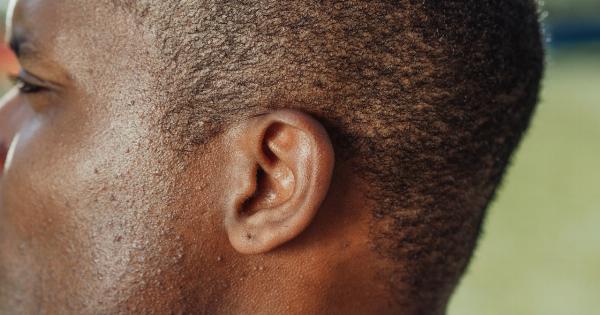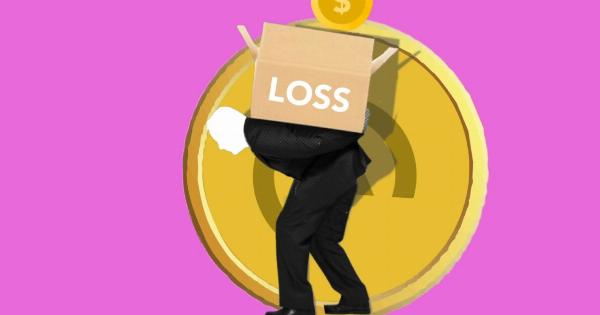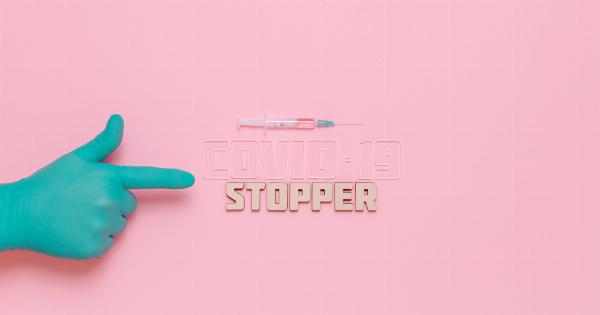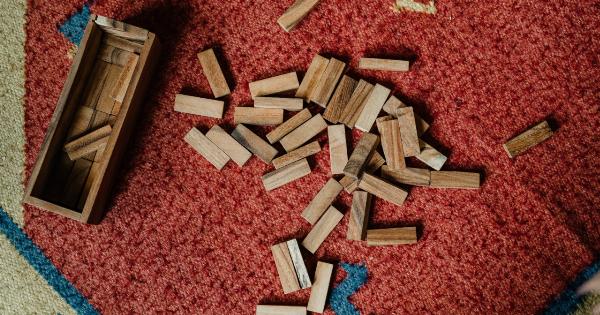The human body is a complex and magnificent creation. One of its unique features is the earlobe. The earlobe may seem like a small and insignificant part of the body, but it plays a crucial role in our hearing.
As delicate as it is, the earlobe requires special care and attention. Unfortunately, some people do not understand the importance of this, and they end up prying on their earlobes. If you are one of those people, then you should stop doing it and read on to find out why you should never pry on your earlobe.
The Earlobe is Sensitive and Delicate
The earlobe is composed of soft and sensitive skin. If you touch it regularly or with hard objects, you can easily cause damage or irritation. When you pry on your earlobe, you are putting pressure on it, causing it to become sore and tender.
This can lead to redness, inflammation, and pain. Prying can also cause tiny tears or cuts on the skin, which can create an entry point for harmful bacteria or other microorganisms to enter the ear.
The Earlobe is Home to Germs
The earlobe is not immune to germs that cause infections. When you touch your earlobe with dirty hands or unsterilized objects, you introduce harmful bacteria and fungi, which can lead to serious ear infections.
These infections can cause itching, swelling, and redness inside the ear. They can also make it difficult to hear and cause painful sensations inside the ear. In some severe cases, ear infections may lead to complications such as hearing loss.
Prying on Your Earlobe Can Cause Hearing Loss
One of the worst consequences of prying on your earlobe is hearing loss. The ear is a delicate organ with many tiny structures that are responsible for hearing.
When you pry on your earlobe, you can cause damage to these structures, which can lead to hearing loss. If you continue to pry on your earlobe, you might permanently damage your hearing. This is why it is important to be careful when handling your earlobe.
The Earlobes are Connected to Your Health
The earlobe is connected to some vital organs in the body. For example, some acupressure points located on the earlobes can help alleviate headaches and migraines.
Prying on your earlobe can interfere with these acupressure points, leading to an interruption in the flow of energy throughout the body. As a result, you may experience headaches, migraines, or other health problems.
Prying on Your Earlobe is Unhygienic
Prying on your earlobe is also unhygienic, especially if you use dirty nails or objects. When you touch your ear with dirty hands, you transfer germs to your ear, which can cause infections.
In addition, when you pry on your earlobe, you can push earwax or other debris deeper into the ear canal, which can cause blockages or infections. It is essential to keep your hands and objects that go into your ears clean to prevent infections.
Some Tips on How to Take Care of Your Earlobe
It is pretty clear that prying on your earlobe can lead to various health issues. So, it is essential to take care of your earlobe to avoid these problems. Here are some tips:.
1. Clean Your Earlobe Regularly
To keep your earlobe clean and healthy, you should clean it regularly using soap and water or an antiseptic solution. This will help remove dirt, bacteria, and fungus that may have accumulated on the skin.
2. Avoid Touching Your Earlobe
You should avoid touching your earlobe as much as possible. If you need to touch it, make sure your hands and any objects that come into contact with it are clean and sterile.
3. Stop Prying on Your Earlobe
If you are in the habit of prying on your earlobe, it is time to stop. Prying can cause irreversible damage to your hearing and other health problems. Instead, use a cotton swab or a cloth to clean your earlobe gently.
4. Protect Your Earlobe from Infections
Protect your earlobe from infections by keeping it dry and clean. Avoid exposing your earlobe to dirty environments. In addition, keep your hair and clothes clean because they can carry bacteria and other harmful microorganisms.
Conclusion
The ear is a very delicate and intricate part of the body, and the earlobe is one of its most delicate structures. Prying on your earlobe can lead to various health problems, including hearing loss, infections, and even headaches.
Make sure you take care of your earlobe by keeping it clean, avoiding touching it, and not prying on it. A little care and attention can go a long way in keeping your earlobe, and your hearing, healthy.

